
Sonic Advance, known as SonicN on the N-Gage, is a 2001 platform game developed by Dimps and published by Sega for the Game Boy Advance. It was the first Sonic the Hedgehog game released on a Nintendo console with Sonic Adventure 2: Battle on the GameCube, and was produced in commemoration of the series' tenth anniversary. The story follows Sonic, Tails, Knuckles, and Amy as they journey to stop Doctor Eggman from taking over the world. Controlling a character, players are tasked with completing each level, defeating Eggman and his robot army, and collecting the seven Chaos Emeralds.

Super Mario 64 DS is a 2004 platform game developed and published by Nintendo for the Nintendo DS. It was a launch game for the DS. Super Mario 64 DS is a remake of the 1996 Nintendo 64 game Super Mario 64, with new graphics, characters, collectibles, a multiplayer mode, and several extra minigames. As with the original, the plot centers on rescuing Princess Peach from Bowser. Unlike the original, Yoshi is the first playable character, with Mario, Luigi, and Wario being unlockable characters in early phases of the game.
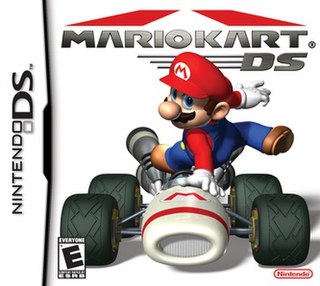
Mario Kart DS is a 2005 kart racing video game developed and published by Nintendo for the Nintendo DS handheld game console. It was released in November 2005 in North America, Europe, and Australia, and on December 8, 2005, in Japan. The game was re-released for the Wii U's Virtual Console in North America and PAL regions in April 2015 and in Japan in May 2016. The game is the fifth main entry in the Mario Kart series of video games, and the first to be playable via the Nintendo Wi-Fi Connection online service. Like other games in the series, Mario Kart DS features characters from the Mario series and pits them against each other as they race in karts on tracks based on locations in the Mario series.

Meteos is a 2005 tile-matching video game developed by Q Entertainment and published by Bandai for the Nintendo DS. It was produced by Q Entertainment founder Tetsuya Mizuguchi and designed by Masahiro Sakurai. Meteos was inspired by the video game Missile Command (1980), the film The Matrix (1999) and the television series 24 (2001-2010).

Nanostray is a vertically scrolling shooter for the Nintendo DS. The user takes control of a futuristic spacecraft against a horde of enemies. A sequel, Nanostray 2, was released in 2008.
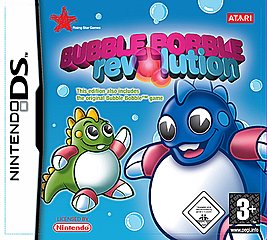
Bubble Bobble Revolution is a 2D platform game for the Nintendo DS. Developed by Dreams, it was released in Japan on 24 November 2005 by Taito as Bubble Bobble DS, in Europe on 2 December by Rising Star Games (distribution handled by and in North America on 3 October 2006 by Codemasters.

The Incredible Hulk: Ultimate Destruction is a 2005 action-adventure video game developed by Radical Entertainment and published by Vivendi Universal Games. The game is based on the Marvel Comics superhero the Hulk and showcases an open world with destructible environments. The narrative follows the Hulk as he is subconsciously influenced by his human alter-ego Bruce Banner and his psychotherapist Leonard Samson into assembling a device that will mend Banner's psyche and prevent the emergence of a darker personality. Aside from advancing the game's story, the player can engage in side missions and purchase new abilities for the Hulk to use.

Over the Hedge is a platform video game with stealth elements developed by Vicarious Visions and published by Activision for the Nintendo DS handheld video game console. It was first released in North America, and was later released in Europe. The game is set immediately after the events of the DreamWorks movie Over the Hedge, just like its adaptations on consoles.

Mario & Sonic at the Olympic Games is a 2007 crossover sports and party game developed by the Sega Sports R&D Department. It is the first installment on the Mario & Sonic series. It was published by Nintendo in Japan and by Sega in other regions, and released on the Wii in November 2007 and the Nintendo DS handheld in January 2008. The first official video game of the 2008 Summer Olympic Games, it is licensed by the International Olympic Committee (IOC) through exclusive licensee International Sports Multimedia (ISM), and is the first official crossover game to feature characters from both the Mario and Sonic the Hedgehog series.

Worms: Open Warfare 2 is a 2007 2D tactical artillery and strategy video game developed by Team17 and Two Tribes, and published by THQ. The game is a direct sequel to Worms: Open Warfare and was released for the PlayStation Portable and Nintendo DS in 2007.
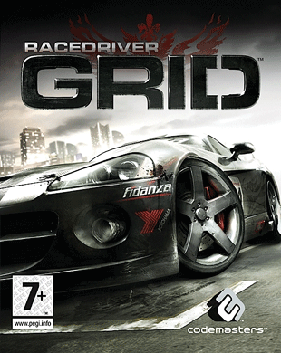
Race Driver: Grid is a 2008 racing video game developed and published by Codemasters for Microsoft Windows, PlayStation 3, Xbox 360, Nintendo DS, arcade, Java ME and OS X. It is the first game in the Grid series.
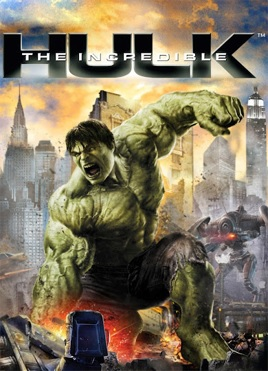
The Incredible Hulk is a 2008 video game published by Sega and developed by Edge of Reality for the Xbox 360, PlayStation 3, Wii, PlayStation 2, and Microsoft Windows. The game, based on the film of the same name, follows scientist Bruce Banner as he defends himself from the military and the Enclave organization while searching for a cure to a condition that transforms him into a monstrous being known as the Hulk. The game takes place in an open world recreation of Manhattan, and the Hulk has a variety of attacks and abilities for destroying enemies and causing environmental destruction. Apart from the main story, there are numerous mini-games and collectibles that can unlock new content.
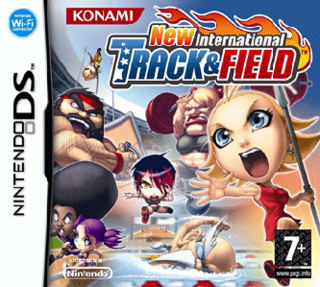
New International Track & Field is a sports video game by Konami for the Nintendo DS. Developed by Sumo Digital, it is the latest game in Konami's Track and Field series.
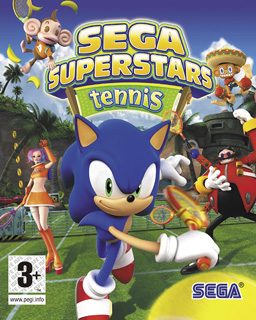
Sega Superstars Tennis is a sports video game developed by Sumo Digital and published by Sega. It is the second title in the Sega All-Stars series, preceded by Sega Superstars (2004), and crosses over characters, locations, and soundtracks from several Sega franchises, including Sonic the Hedgehog, Space Channel 5, and Super Monkey Ball.

Bangai-O Spirits is a shoot 'em up for the Nintendo DS, and the sequel to Bangai-O which was released on the Nintendo 64 and Dreamcast. A sequel, Bangai-O HD: Missile Fury, was released in 2011.

The Conduit is a first-person shooter video game developed by High Voltage Software for the Wii console and Android. The Conduit was revealed on April 17, 2008, and on October 29, 2008, the developer announced that Sega had signed on to be the game's publisher. The game was released in North America on June 23, 2009, in Europe on July 10, 2009, and in Australia on July 16, 2009.
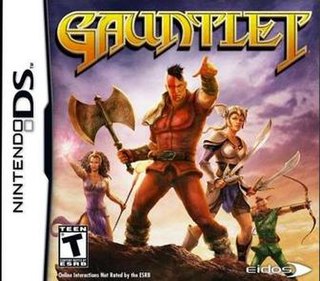
Gauntlet is an unreleased Nintendo DS hack and slash dungeon crawl video game developed by Backbone Entertainment, based on the 1985 arcade game by the same title. The game was originally announced in April 2008, and was scheduled to be released later that year.

Sonic & Sega All-Stars Racing is a 2010 kart racing video game developed by Sumo Digital and published by Sega. It was released for Wii, Xbox 360, PlayStation 3, Nintendo DS, and Windows, featuring characters from multiple Sega franchises. The game is the third title in the Sega All-Stars series, preceded by Sega Superstars Tennis. A mobile version was developed by Gameloft, and released for iOS in June 2011, as a paid download. A version for OS X was released by Feral Interactive in April 2013.

GoldenEye 007 is a 2010 first-person shooter video game developed by Eurocom and published by Activision for the Wii, with a handheld version for Nintendo DS developed by n-Space. It is a modern reimagining of the 1995 James Bond film GoldenEye as well as a remake of the 1997 video game of the same name, developed for the earlier Nintendo 64 console. The game was officially announced by Nintendo at their E3 2010 conference presentation. The game was released on 2 November 2010 in tandem with another James Bond game, Blood Stone, which was also released for the DS, but not the Wii. Nintendo, the publisher of the Nintendo 64 game, published the Wii version in Japan the following summer, where it remains Wii-exclusive. It was the fifth James Bond game developed by Eurocom and their second under Activision, after the PlayStation 2 version of 007: Quantum of Solace two years prior.

The Incredible Hulk is a 2003 beat 'em up video game developed by Pocket Studios and published by Universal Interactive for the Game Boy Advance. The game, featuring an isometric perspective, is based on the Marvel Comics superhero Hulk, who must traverse through a series of levels and destroy enemies with an assortment of physical attacks; a multiplayer mode in which players battle against each other is also featured.





















